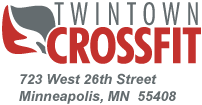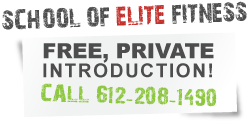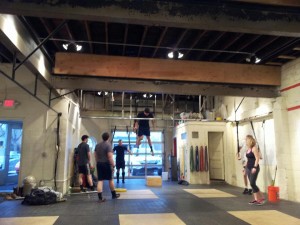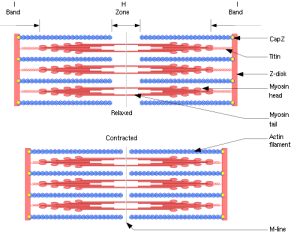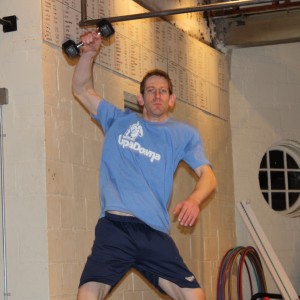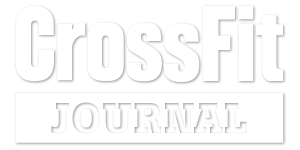
This is the new "old"
I’m so old that when I compete in Brazilian Jiu-Jitsu tournaments I can’t even register as a “Master”
anymore. I am in the “Senior 1″ age classification. For a long time I competed out of category, because
I didn’t want to beat up on a bunch of crotchety old farts with brittle bones and hairy ears.
A few years ago I accidentally registered in my age category and ended up on the mat with some other old dudes. I’ve
never worked so hard or been so scared in my life. It turns out that certain 40-somethings are stronger, faster,
smarter, and meaner than most 20 year olds. Who knew?
There’s a difference between chronological age and physical age. The former is just a number. The latter expresses
how you feel. The two rarely match. In fact, I would argue that most Americans feel older than they are. Raise your
hand if you can’t touch your toes.
Sadly, premature decrepitude has become a cultural norm because in Western society, most people sit and eat all day.
Hence, as a matter of sheer statistical necessity, most people are going to look and feel older than they are. But
this cultural norm conflicts with a biological norm. If it were biologically optimal to take NSAID medication at
forty years of age our species would have fizzled out millennia ago.
So what’s the secret to feeling and looking young? How do those old jiu-jitseros manage their physical age while most
of the population creak and groan when they get out of bed? The answer is deceptively simple. Three days a week move
around at a vigorous clip for no more than hour. That’s it.
You don’t need to find a BJJ Academy if ballroom dancing is more to your taste. The secret is to move. Period. Get
off the couch. Get out from behind the steering wheel. Pry yourself away from the desk. Push yourself away from the
table. Do it. Start today.
